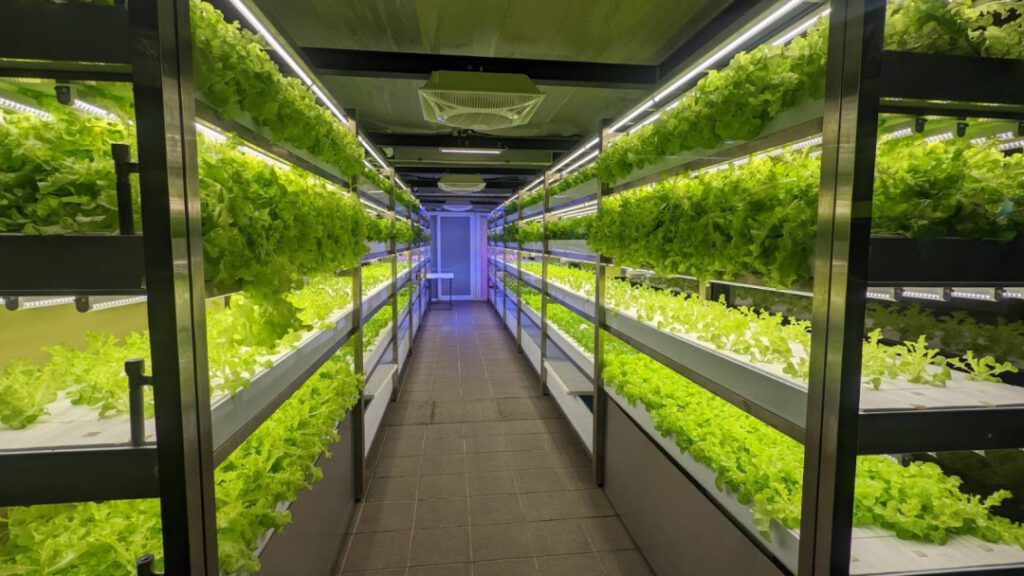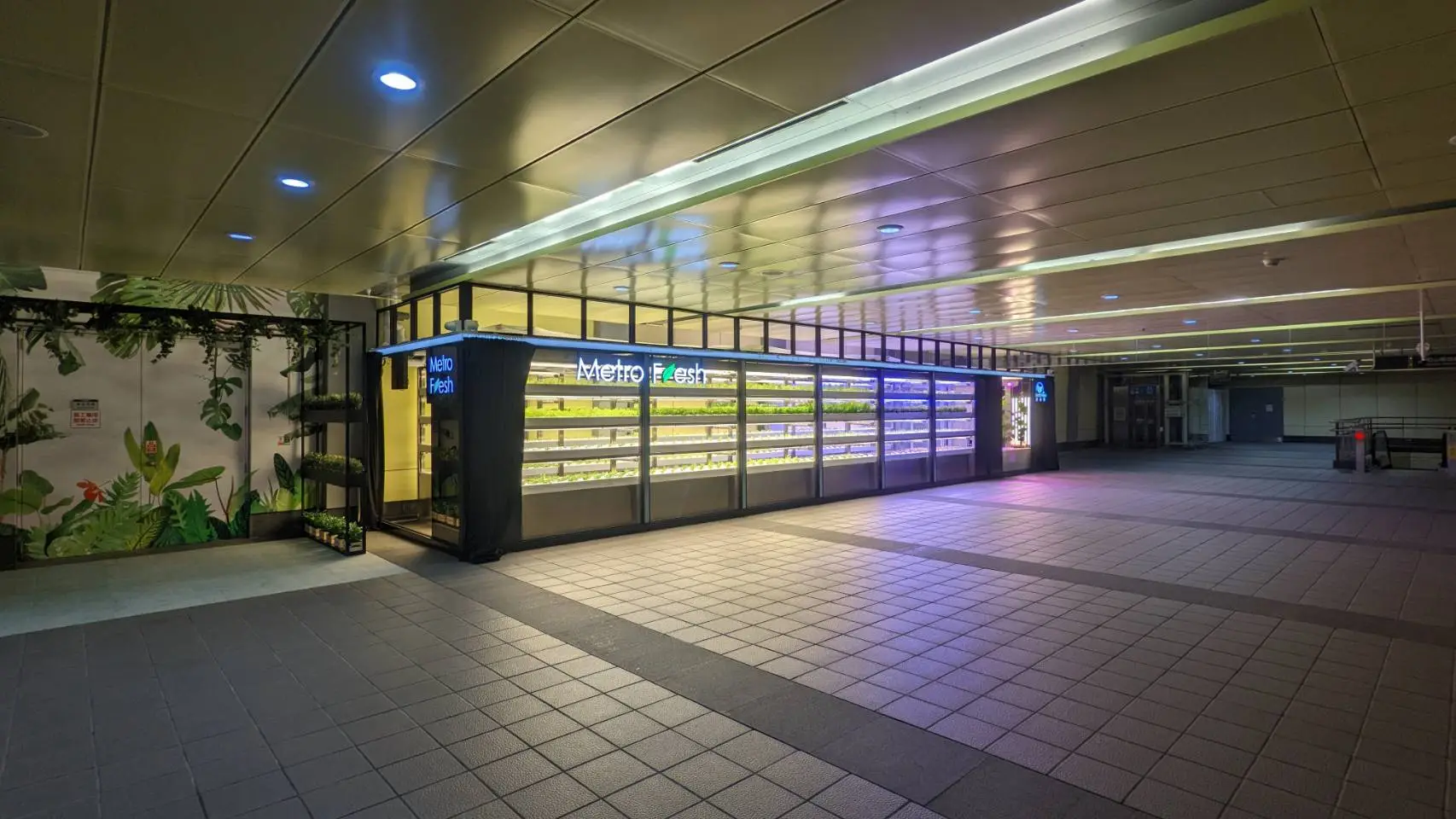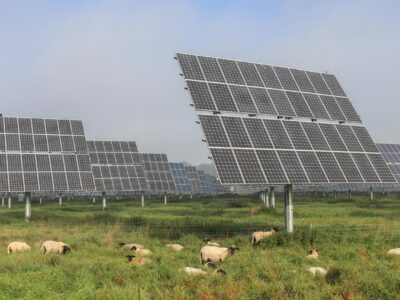With an unusual combination of futuristic lighting, subways, and a whole lot of lettuce, Taiwan’s Nanjing Fuxing metro station is in a class of its own as one of the cooler hydroponic setups currently in operation worldwide. The 400-square-foot farm isn’t the largest out there — as one would expect, space is an obvious concern for an underground metro-based agricultural operation. But in a way, that’s the entire point of the structure.
Unimicron Technology, a Taiwan-based manufacturing company, developed the setup. This “Metro Fresh” farm, which opened in 2022, exists at this high-traffic location to bring Taipei’s residents a little bit of exposure-based education, all while growing produce as cleanly and efficiently as possible.
The lack of space for Metro Fresh is a selling point for hydroponics on its own. Space is a legitimate concern for the future of agriculture. Available land for farmers is always in short supply. Population increases will also mean that coming decades will come with the inherent expectation to find a way to feed billions more people on the same arable plots.
Population increases will also have a compounding effect, as land will need to shift from other sectors, including agriculture, to even house the extra people in the first place.
The issue is even more pronounced in nations like Taiwan, where a population of nearly 24 million exists within just under 14,000 square miles of space. That’s a population density roughly 18 times that of America, where these space concerns have also played a significant role in the rise of hydroponics.

The advent of vertical farms should mean that this agricultural space will have the potential to compress itself while simultaneously producing more food. But the gaps to close are wide.
There is a 56% gap between calories produced through agriculture worldwide in 2010 and the number needed to feed the world by 2050. This shortage goes along with a 1.4 billion-acre disparity in agricultural land. That’s a landmass roughly equivalent to India. Meeting these targets means leaning into full-scale global hydroponic adoption as quickly as possible, a trend Unimicron hopes to spur by increasing awareness in its country.
Another motivating factor for the opening of Metro Fresh was increasing awareness of pesticide use in the produce sector. Pesticides are commonly used on farms virtually anywhere in the world.
But in indoor farms like this one, all that is necessary to eliminate these pesky insects entirely is LED lighting and room temperature controls, a major advantage for people everywhere who want to eat the cleanest food possible.
“One thing that most people are worried about is the unavoidable use of pesticides in traditional land-based farming,” said Julia Yang, Unimicron executive. “We use hydroponic farming and thus have no insect egg problem. Everyone’s biggest fear when having a salad is insect eggs.”

Although Metro Fresh opened in 2022, a similar setup in London has been up and running for a few years now. Growing Underground exists 100 feet below London’s Clapham district, this time in a network of old tunnels originally designed as a shelter for thousands of city residents during the bombing campaigns of the Second World War.
Now, it sits as a highly-efficient produce operation that is also 100% renewable, a trait that caused it to be recognized as a Certified Carbon Neutral + Organization in 2021. Growing Underground is a product of the parent company Zero Carbon Farms, which seeks to promote below-the-surface farming practices as another method of beating the land gap dilemma.
“Above all, it’s fantastic to source produce so fresh in the heart of Britain’s largest city,” said Growing Underground’s Michel Roux Jr.





